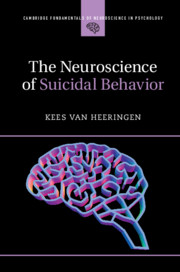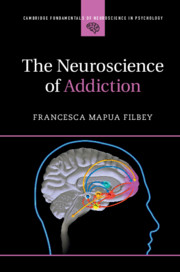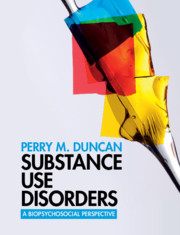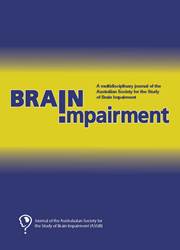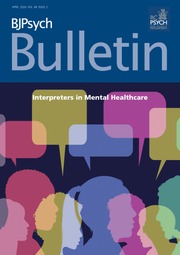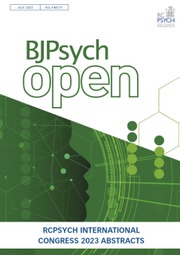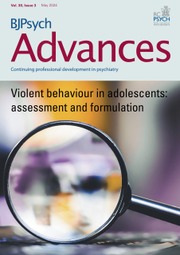The Neuroscience of Suicidal Behavior
Part of Cambridge Fundamentals of Neuroscience in Psychology
- Author: Kees van Heeringen, Ghent University
- Date Published: August 2018
- availability: Temporarily unavailable - available from TBC
- format: Paperback
- isbn: 9781316602904
Paperback
Other available formats:
Hardback, eBook
Looking for an inspection copy?
This title is not currently available for inspection. However, if you are interested in the title for your course we can consider offering an inspection copy. To register your interest please contact [email protected] providing details of the course you are teaching.
-
Nearly one million people take their own lives each year world-wide - however, contrary to popular belief, suicide can be prevented. While suicide is commonly thought to be an understandable reaction to severe stress, it is actually an abnormal reaction to regular situations. Something more than unbearable stress is needed to explain suicide, and neuroscience shows what this is, how it is caused and how it can be treated. Professor Kees van Heeringen describes findings from neuroscientific research on suicide, using various approaches from population genetics to brain imaging. Compelling evidence is reviewed that shows how and why genetic characteristics or early traumatic experiences may lead to a specific predisposition that makes people vulnerable to triggering life events. Neuroscientific studies are yielding results that provide insight into how the risk of suicide may develop; ultimately demonstrating how suicide can be prevented.
Read more- Provides effective strategies for preventing suicide
- Explains divergent neuroscientific approaches to study complex behaviors
- Uses evidence to refute far-reaching myths that hinder suicide prevention
Reviews & endorsements
'… van Heeringen has made the neuroscience of suicide accessible, understandable, non-intimidating, reader-friendly, and actually rather interesting …' Alan L. Berman, The Journal of Crisis Intervention and Suicide Prevention
Customer reviews
Not yet reviewed
Be the first to review
Review was not posted due to profanity
×Product details
- Date Published: August 2018
- format: Paperback
- isbn: 9781316602904
- length: 286 pages
- dimensions: 228 x 153 x 13 mm
- weight: 0.48kg
- contains: 29 b/w illus. 4 tables
- availability: Temporarily unavailable - available from TBC
Table of Contents
1. What is suicidal behavior, and can it be prevented?
2. Stress, vulnerability, and suicide: the stress-diathesis model
3. The dark side of the brain: neuroscience approaches to suicidal behavior
4. Lethal signals: the molecular neuroscience of suicidal behavior
5. I think, therefore I do not want to be: the cognitive neuroscience of suicidal behavior
6. Images of the suicidal brain: systems neuroscience and suicide
7. In my end is my beginning: a developmental neuroscience perspective of suicidal behavior
8. I predict, therefore I cannot be: a predictive coding account of suicidal behavior
9. Predicting the unpredictable: the contribution of neuroscience to suicide prediction
10. The treatment of suicide risk: neuroscience aspects.
Sorry, this resource is locked
Please register or sign in to request access. If you are having problems accessing these resources please email [email protected]
Register Sign in» Proceed
You are now leaving the Cambridge University Press website. Your eBook purchase and download will be completed by our partner www.ebooks.com. Please see the permission section of the www.ebooks.com catalogue page for details of the print & copy limits on our eBooks.
Continue ×Are you sure you want to delete your account?
This cannot be undone.
Thank you for your feedback which will help us improve our service.
If you requested a response, we will make sure to get back to you shortly.
×
